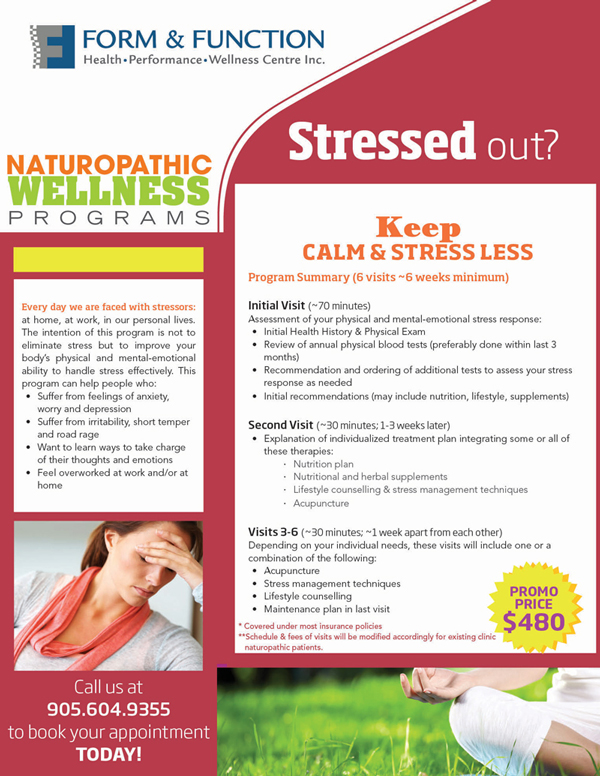For the Love of Chocolate
The month of February is often associated with Valentine’s Day, an occasion often celebrated with chocolate. With its historic use as an aphrodisiac, ability to improve mood, and potential heart health benefits, it’s no wonder this dark delight has been strongly linked with the celebration of love.Eating chocolate releases neurotransmitters in the brain that can help improve mode and libido. As well, its caffeine and threobromine content gives chocolate stimulant properties similar to coffee, which may help to improve alertness. This, in combination with the carbohydrate energy it supplies, makes chocolate a great snack for long romantic evenings.
Other health benefits of chocolate come from its flavonoid content. These antioxidants help repair damaged cells in the body and may reduce the risk of chronic diseases, including heart disease. However, since antioxidant content is not listed in the nutrition facts table, consumers have no way of knowing the flavonoid content of their chocolate and therefore its potential benefit. In general, less processed products—i.e. cocoa powder and dark chocolate—are higher in flavonoid content and potential health benefits. For the greatest benefit, choose dark or unsweetened chocolate that lists 60% or more cocoa solids on the label.
Despite some health benefits of chocolate, it also contains compounds that are detrimental to health. Cocoa butter—a saturated fat that can raise cholesterol—is a popular chocolate additive. As well, all chocolate is high in sugar, fat, and calories, which could all lead to increased weight and associated co-morbidities. Unfortunately, milk chocolate, white chocolate, or chocolates with any sort of additives (nuts, nougat, caramel, etc.) are low in flavonoid content and thereby lower in health benefit.
When weighing out the pros and cons, it is still best to enjoy chocolate in small quantities, particularly since research is insufficient to recommend chocolate for its health benefits. If you do choose to indulge, choose dark chocolate containing >60% of cocoa solids; use cocoa powder in beverages and baking to reduce the fat and calories content. The health benefit of flavonoids can also be reaped from consuming citrus fruits, apples, berries, nuts, grapes, green tea and onions. These foods provide also other nutrients beneficial to overall health and can easily be incorporated into the daily diet without the drawbacks of chocolate.
If you have any questions about healthy eating, weight loss, chocolate or any other foods, Registered Dietitian Anna Gofeld at Form and Function Health and Wellness Clinic will be more than happy to answer them for you.
Live, love, laugh, and eat chocolate in moderation


